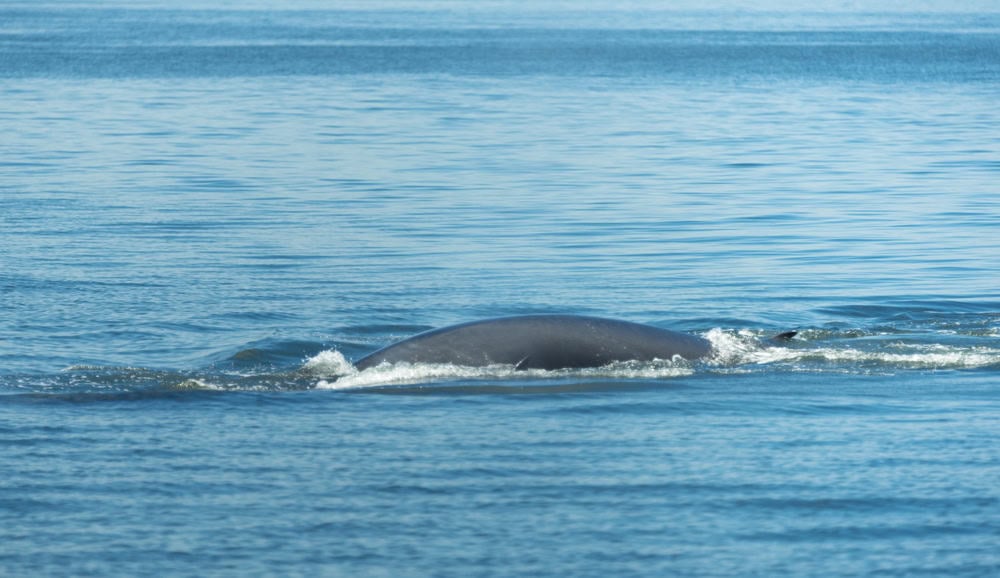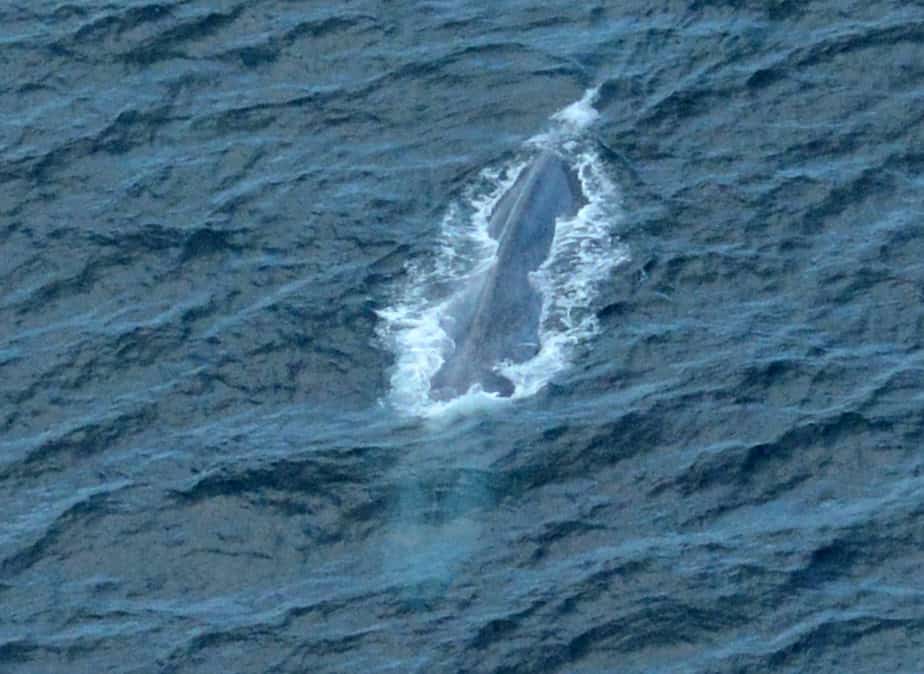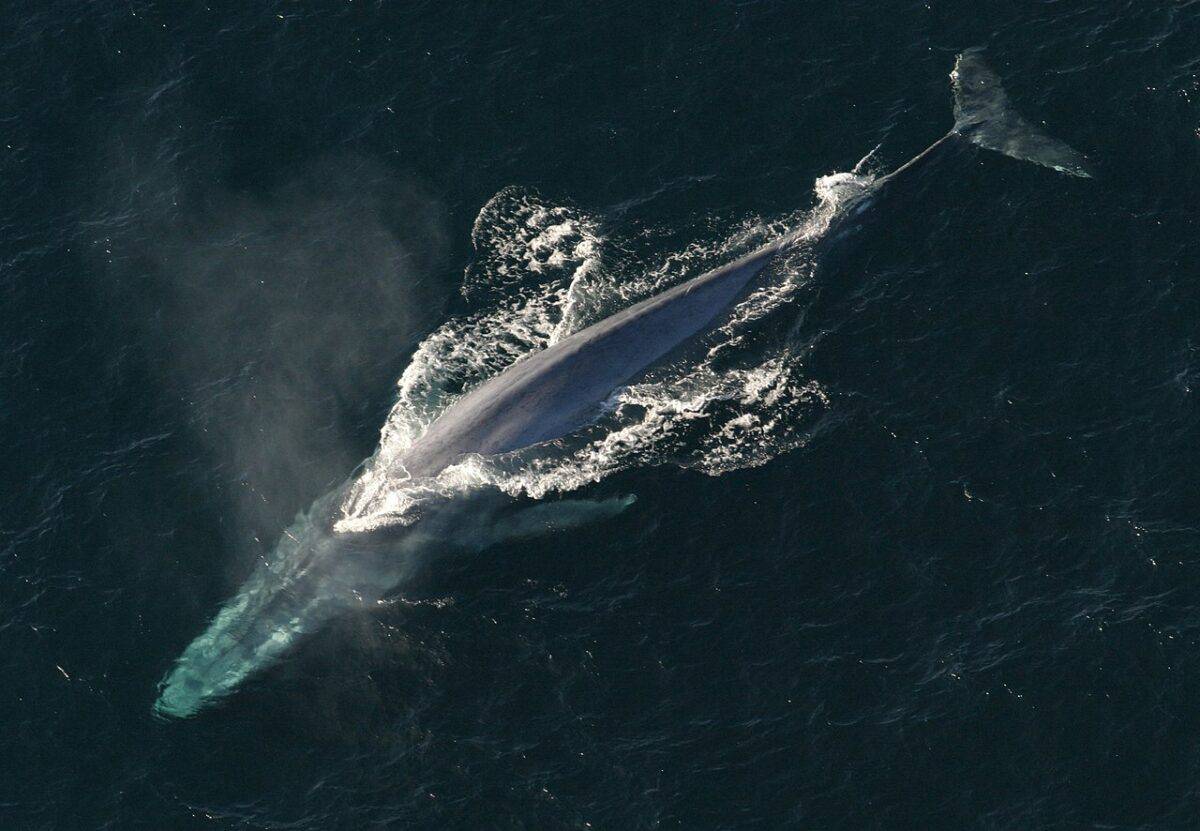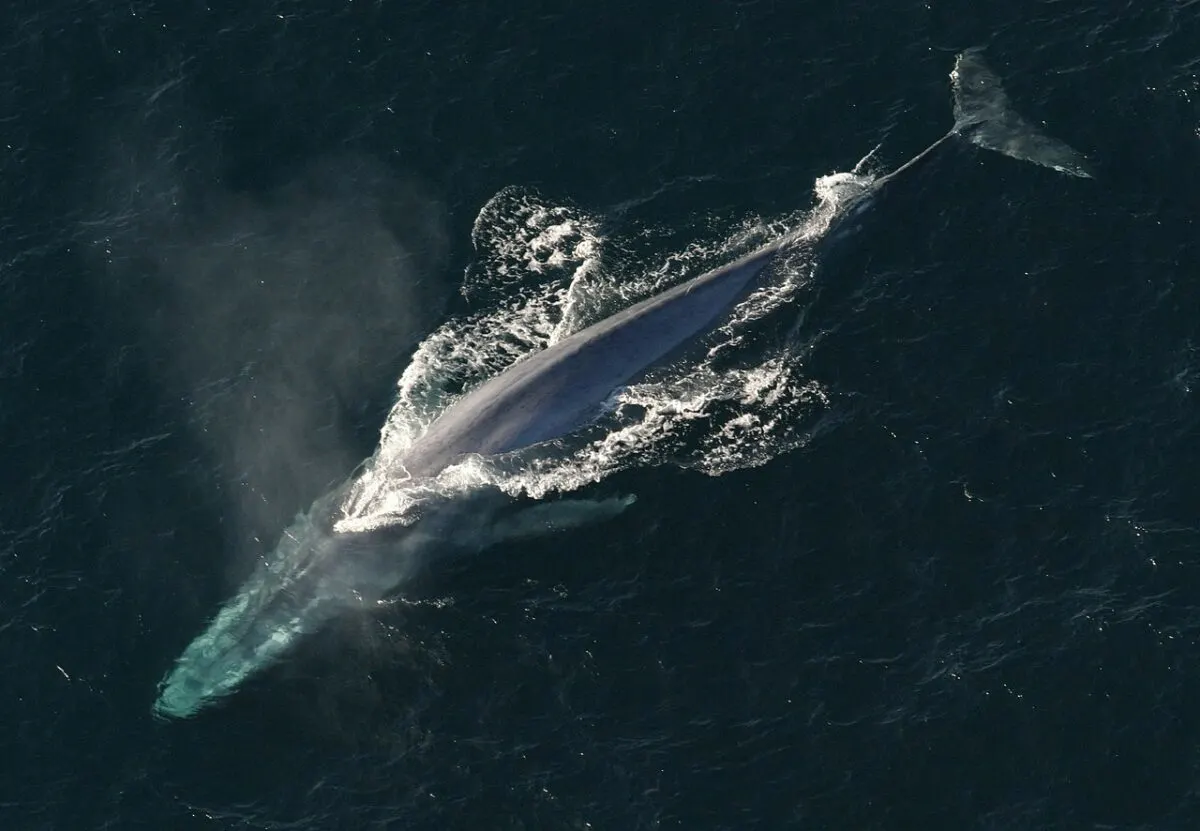The awe-inspiring blue whale holds the title of the largest animal to have ever existed on Earth, surpassing the sizes of even the most colossal dinosaurs. This magnificent marine mammal has become an emblem of the oceans’ mysteries and grandeur. In this article, we will delve into what makes the blue whale truly extraordinary, from its physical characteristics to its fascinating behaviors.
Origins of the Blue Whale

The blue whale, scientifically known as *Balaenoptera musculus*, belongs to the baleen whale suborder of mysticetes. Despite their incredible size, their ancestry traces back to terrestrial mammals that ventured into the seas around 50 million years ago. Over millennia, these creatures evolved to become the ocean giants we marvel at today.
Size That Defines Magnitude

Blue whales can grow up to 100 feet in length and weigh as much as 200 tons—equivalent to the weight of about 33 elephants combined. Their immense size is a defining feature, earning them the distinction of being larger than any known dinosaur that ever roamed the Earth.
Physical Characteristics

Notably recognized by their mottled blue-grey color, blue whales have long, streamlined bodies built for efficient travel through water. Their heads are flattened and U-shaped, and they possess a series of 60 to 90 throat pleats that expand as they feed.
Feeding and Nutrition

Despite their enormous size, blue whales subsist primarily on tiny krill. During feeding seasons, a blue whale can consume up to 4 tons of krill per day. Employing a method known as lunge feeding, they consume vast amounts of water replete with krill, then expel the water through baleen plates while retaining the krill.
Social Behavior

Generally solitary creatures, blue whales are sometimes seen in small groups known as pods. During feeding and mating seasons, they may congregate in larger numbers, but they do not exhibit the same level of social structure found in some other cetacean species.
Migratory Patterns

Typically, blue whales undertake lengthy migrations from nutrient-abundant polar waters in the summer to warmer tropical waters in the winter for breeding and calving. This incredible journey can span thousands of miles every year.
Reproduction and Lifespan

Females give birth to a single calf every two to three years after a gestation period of about 11 to 12 months. Calves are born measuring about 23 feet in length and gain up to 200 pounds daily through the rich milk provided by their mothers. Blue whales can live for 70 to 90 years, with some exceeding 100 years.
Communication and Sounds

Blue whales are known for producing powerful vocalizations that can travel over hundreds of miles underwater. These low-frequency sounds are crucial for communication over great distances and play a significant role in mating rituals.
Conservation Status

Once abundant, blue whale populations faced dramatic declines in the 20th century due to commercial whaling. Today, they are protected internationally, and their numbers are slowly recovering. However, they remain classified as endangered, with threats such as ship strikes, entanglement in fishing gear, and climate change looming.
The Role of Blue Whales in the Ecosystem

As apex consumers, blue whales have a profound impact on ocean ecosystems. Their feeding habits contribute to maintaining healthy krill populations and influence the distribution of nutrients within marine environments through their waste, promoting the growth of microscopic phytoplankton.
Human Interaction and Observation

Blue whales captivate human interest, and whale watching has become a popular activity for both educational and conservation-focused tourism. Observers are encouraged to adhere to guidelines that respect the natural behaviors and environments of these magnificent creatures.
The Future of Blue Whales

Conservation efforts are crucial to ensure the survival and prosperity of blue whale populations. Global collaboration and stringent protection measures can help mitigate threats and foster a future where these majestic giants continue to thrive in the world’s oceans.
In summary, the blue whale stands as a testament to nature’s grandeur, eclipsing all other known life forms in size. Its existence enriches our understanding of marine life and emphasizes the importance of preserving our planet’s biodiversity. As the largest animal to have ever lived, the blue whale inspires awe and encourages us to maintain the delicate balance of our oceanic ecosystems.
- Why Nurse Sharks Are Often Misunderstood - August 9, 2025
- 9 Most Venomous Spiders Lurking in US Homes - August 9, 2025
- How Scientists Tag and Track Sharks Off Florida’s Coast - August 9, 2025

